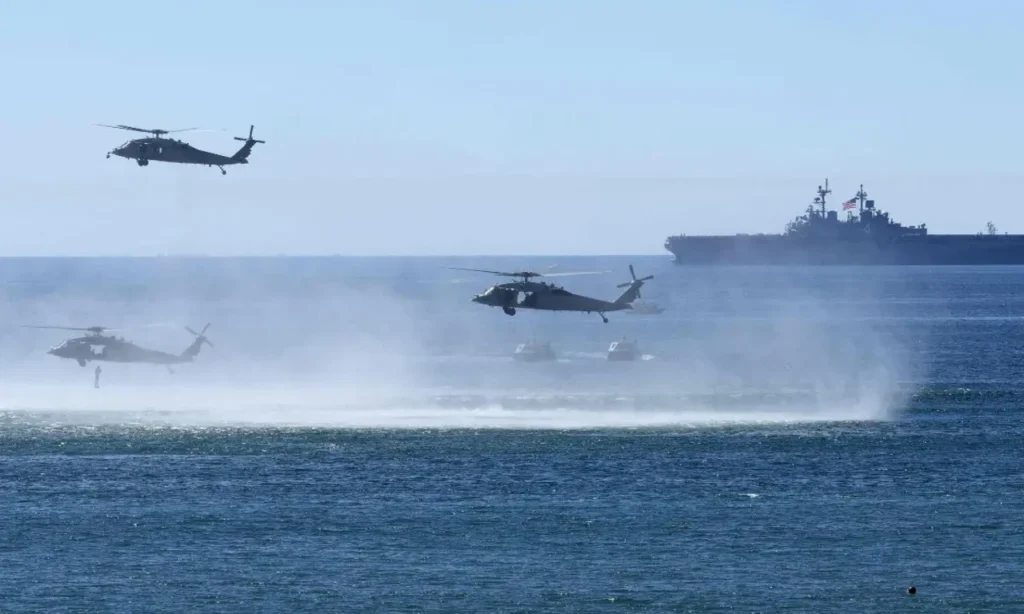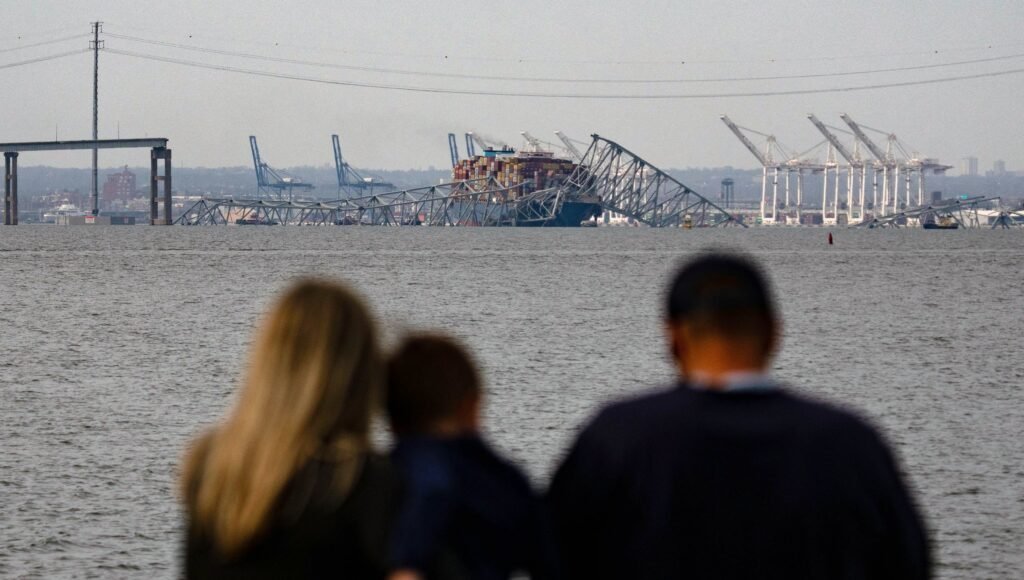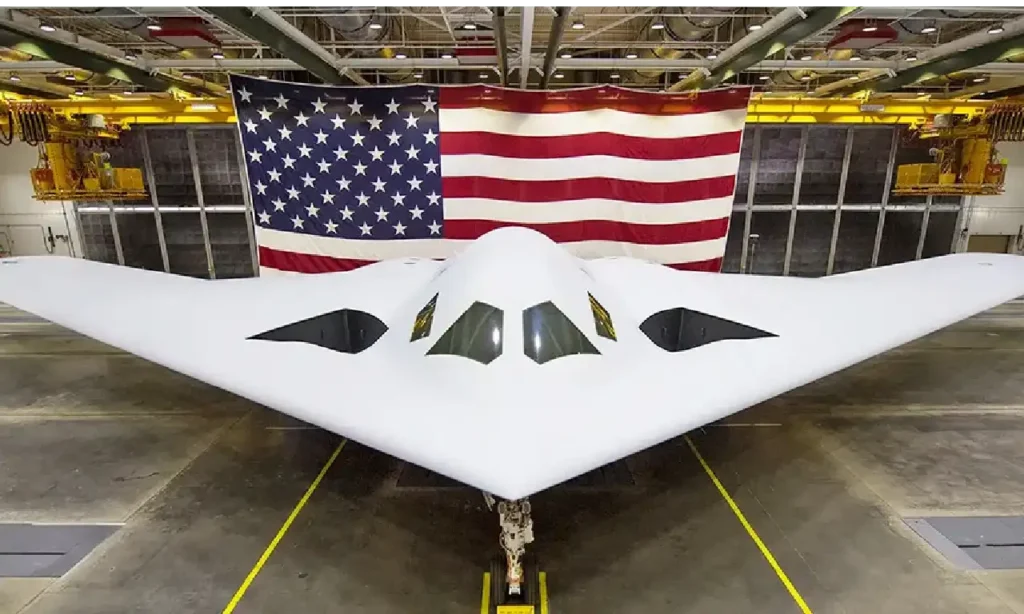Recent US Military Aircraft Crashes in the South China Sea On October 26, 2025, two US Navy aircraft operating from the aircraft carrier USS Nimitz (CVN-68) crashed into the South China Sea in separate incidents, approximately 30 minutes apart, during routine flight operations. Both events occurred without any reported injuries or fatalities, with all five crew members safely rescued and reported in stable condition. The incidents have prompted investigations by the US Navy, amid a broader pattern of aviation mishaps in 2025.
Timeline of the Incidents
- 2:45 p.m. local time: An MH-60R Sea Hawk helicopter, assigned to Helicopter Maritime Strike Squadron 73 (“Battle Cats”), crashed while conducting routine operations from the USS Nimitz. The three crew members were promptly recovered by search-and-rescue assets from Carrier Strike Group 11.
- 3:15 p.m. local time: An F/A-18F Super Hornet fighter jet, assigned to Strike Fighter Squadron 22 (“Fighting Redcocks”), also crashed during routine operations. Both crew members ejected successfully and were recovered shortly after.
The USS Nimitz, the oldest active US aircraft carrier (commissioned in 1975 and slated for retirement in 2026), was transiting through the region as part of ongoing freedom-of-navigation operations. The South China Sea remains a flashpoint, with China claiming nearly 90% of the waterway despite international rulings, while the US maintains a presence to support allies like the Philippines and Vietnam.
Context and Broader Implications
These crashes coincide with heightened US-China tensions and President Donald Trump’s ongoing Asia diplomacy tour, which includes planned trade talks with Chinese President Xi Jinping later this week. Trump described the back-to-back incidents as “very unusual” during remarks on Air Force One, speculating on a possible “bad fuel” issue but ruling out foul play or external interference. Preliminary Navy reports point to mechanical issues rather than adversarial actions.
This marks the fourth F/A-18 Super Hornet lost by the Navy in 2025 alone, each valued at around $60-70 million. For comparison, here’s a quick overview of recent US Navy aviation losses:
| Date | Location | Aircraft | Cause (Reported) | Crew Outcome |
|---|---|---|---|---|
| October 26, 2025 | South China Sea | F/A-18F Super Hornet | Under investigation (mechanical?) | Ejected; safely recovered |
| October 26, 2025 | South China Sea | MH-60R Sea Hawk | Under investigation (mechanical?) | Safely recovered |
| August 2025 | Off Virginia coast | F/A-18F Super Hornet | Training flight mishap | Safely recovered |
| Spring 2025 | Red Sea (USS Harry S. Truman) | F/A-18F Super Hornet | Deck slip | Safely recovered |
| Spring 2025 | Red Sea (USS Harry S. Truman) | F/A-18F Super Hornet | Arrestment failure | Ejected; recovered with injuries |
| December 2024 | Red Sea | F/A-18E Super Hornet | Friendly fire from USS Gettysburg | Safely recovered |
| January 2022 | South China Sea (USS Carl Vinson) | F-35C Lightning II | Landing mishap | Safely recovered; aircraft salvaged |
The pattern has raised concerns about naval aviation readiness, maintenance, and training, especially in contested areas like the South China Sea and Red Sea. Australian Prime Minister Anthony Albanese, briefed on the events, noted the positive outcome of no lives lost but deferred to the US investigation. No official response from China has been reported, though the incidents occurred amid recent Chinese intercepts of US and allied patrols in the region.
Social media reactions on X (formerly Twitter) highlight the unusual timing, with users speculating on everything from “bad Monday energy” to broader military disarray, though official sources emphasize the crews’ safety and the isolated nature of the mechanical probes.
Investigations are ongoing, with the Navy prioritizing a swift review to prevent future occurrences. For real-time updates, monitor official US Pacific Fleet channels. Defense analysts suggest that repeated technical mishaps could push the Pentagon to accelerate modernization of its naval aviation fleet, particularly ahead of rising regional tensions. Experts also predict that upcoming reports will shape future carrier deployment strategies and influence next year’s defense budget allocations.




